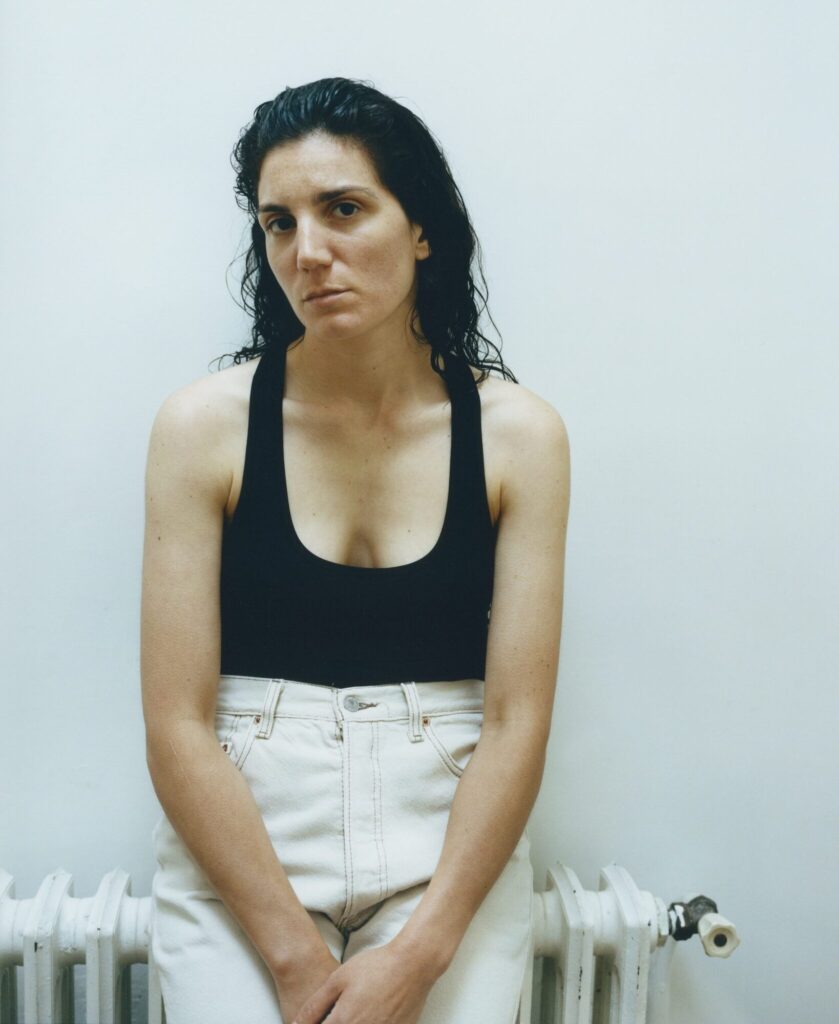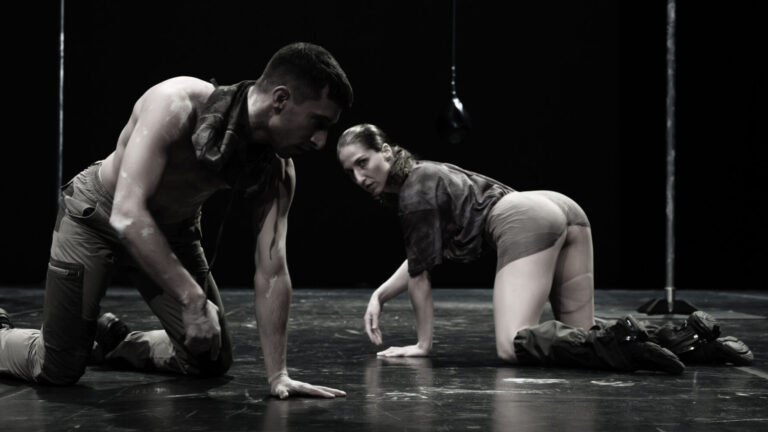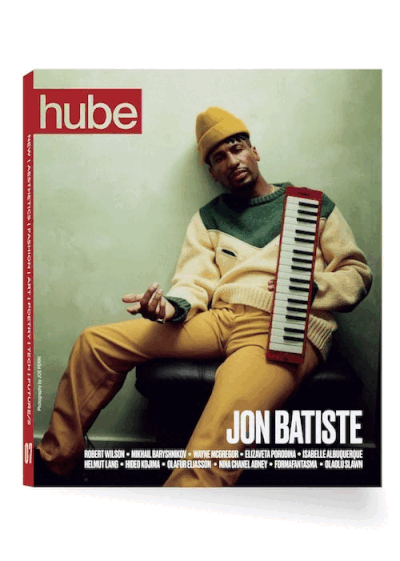
Lenio Kaklea’s Αγρίμι (Fauve) brought her signature exploration of identity and movement to the Serpentine in the fall of 2024. Inspired by the poetic yet chaotic nature of the forest, the piece imagined rituals anew, interrupting human perceptions and merging romantic ballet with contemporary forms. With this latest work, Kaklea invited audiences to explore a dialogue between art and ecology on the Serpentine stage.
hube: You describe forests as places of calm, and ecstasy, but also threat and toxicity. How do these contrasting emotions manifest in Αγρίμι (Fauve)?
Lenio Kaklea: In Αγρίμι (Fauve), I chose to explore choreographically how forests challenge humans’ perception of orientation, verticality, and the circulation of light – how humans and animals live in them, play and hunt in them, or perform rituals. I also drew inspiration from how forests have been represented historically in dance, particularly during the Romantic period in classical ballet, as places where invisible, imaginary creatures live.
h: As the first work connecting your choreography to the geographical and poetic richness of forests, what challenges did you face in embodying these complex ecosystems in dance?
LK: The piece is structured in two acts, following the way Romantic ballets such as Giselle were choreographed. In the first act, our dance happens on the frontier of the forest, while in the second act, the performers move inside it and engage in rituals of transformation. The first act is composed of two distinct scenes. The first borrows gestural elements from well-known pop choreography and presents itself as a game of seduction between the performers and the audience.
The second scene involves the intense repetition of a rhythmic spatial pattern, allowing the performers to constantly move in space, challenge our perception of orientation, and shift roles from hunter to prey in a continuous exchange of gazes. In the second act, I propose an imaginary ritual that embraces elements of violence and eroticism. In the very last scene of the piece, the performers climb poles, and the audience can contemplate a scene where human bodies physically negotiate with verticality. Here, the trees of the forest are seen as a place of refuge.

